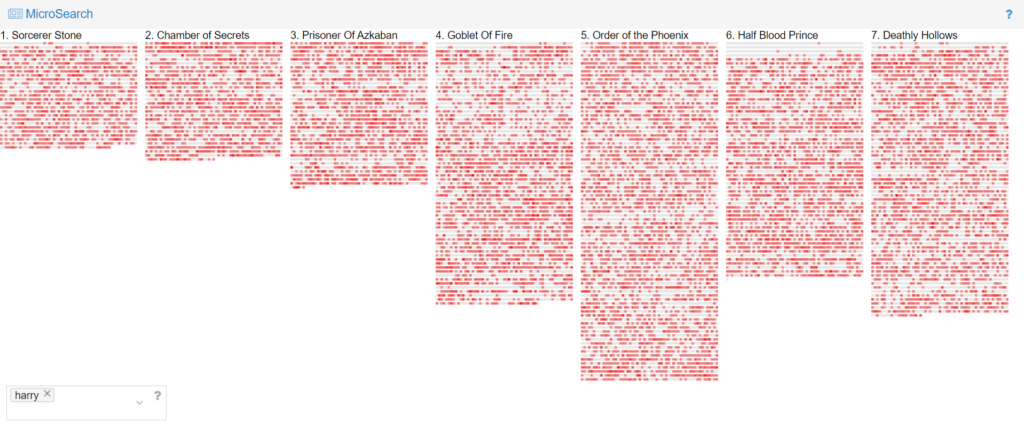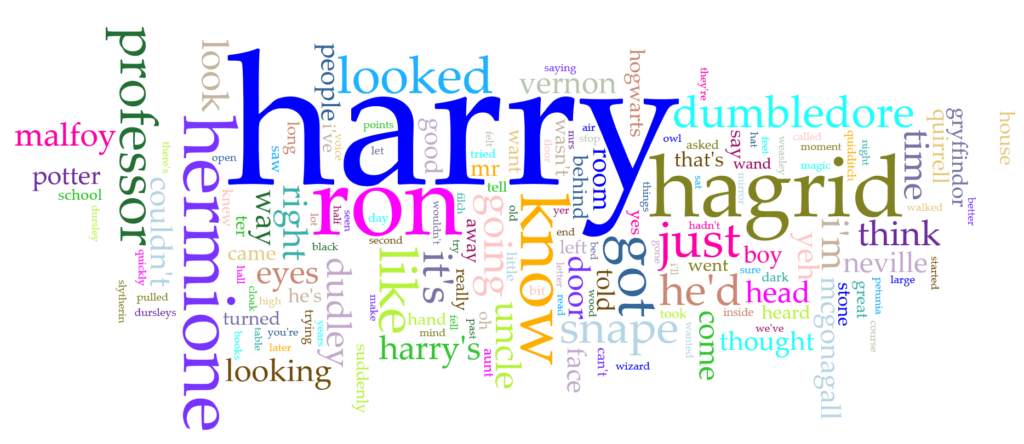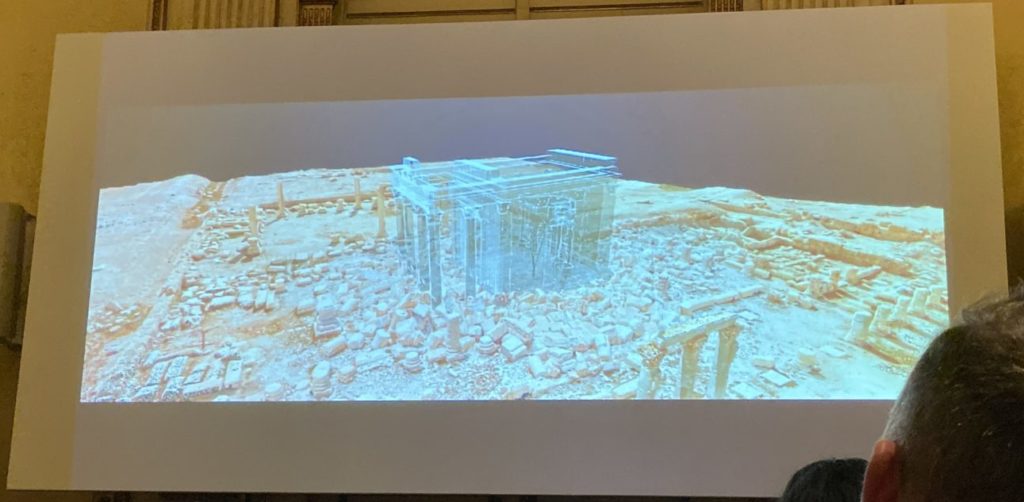I realized from the beginning that what I was thinking of doing would be a lot of work. I ended up splitting up my project timeline into three parts: semester, post-semester, and future. For the semester, I decided that building the website and database alone can and may take up the semester. Thus, we would only end up putting projects of institutions/companies that have already posted their VR or AR reconstructions on their own sites. This would mean less data that we would have to hold or maintain, and we can still have the database as a one-stop spot for reconstructions. The post-semester plans would be to add in VR/AR, video and images of other institutions/companies that do not have their own sites but would like to share their own projects. The future goals, depending on how the database evolves through public interaction, would allow for the database to hold images and/or datasets of projects that would like to make this information public with the hopes that it can help others and, if there are people who know how to create VR/AR reconstructions from the photos, they can do so and help contribute to the project and the database. This feature can also allow for communication between the public in the form of adding to the intellectual conversation around projects hosted on the database.
While writing my proposal and searching for what is already out there that would be like the database that I want to create – as opposed to a regular database – I ended up coming across a site called Scan the World (STW)created by MyMiniFactory.com. This site houses 3D reconstructions of artifacts from different museums all over the world. STW is the closes thing that I have found (so far) to what I want to do. I ended up reaching out to the founder of the project, Jon Beck, to find out (briefly) his process for STW and how he has been able to expand the project to what it is now. He responded, indicating a brief history the STW went from his computer to MyMiniFactory and how his dedication as an artist has helped to expand STW and persuade others to help contribute to the cause by uploading their own 3D scans of artifacts.
Another company that has pushed this idea for me, that I did not include in my proposal, is LearningSites Inc. I mentioned them before in the beginning of the semester but, my bias towards them is that one of their projects was the first thing that got me interested in DH (although I didn’t know it would be considered DH at the time). Since I saw LearningSites Inc. present years ago, I had constantly looked back at their website over the years to see if they had made any updates to their program. For years nothing changed, and I was not able to see anything on their site except for pictures. Then, suddenly earlier this semester, they updated their website, added new videos, and I was actually able to look at some of their VR reconstructions on their home page. I will not begin to guess why it took them this long, as I am sure there were many factors. If, however, one of those factors included funding and/or public interest, then I hope that the creation of my database would be a way to help companies like LearningSites Inc. so that they may continue their projects for another student like me.
Although the idea for this database briefly started as a selfish thought of wanting all that I am interested in to be in one central location, it quickly grew to wanting to inspire others. Inspire others by showing them what is out there and how much there is. Inspire them to explore topics that may seem foreign to them now but may end up changing their paths. Inspire them to understand more of the world around them though the world’s history. Should this project be created one day, I hope that it helps, not only those who are within the field of Archaeology/DH, but helps those trying to discover what they are truly interested in.




















